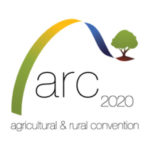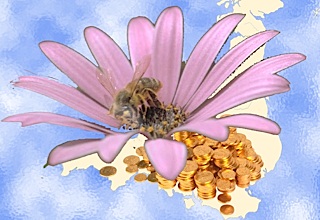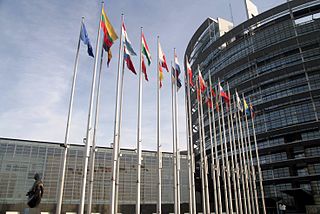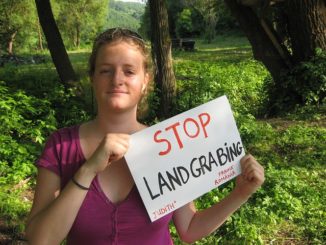As spring is awakening a dormant nature in most parts of Europe, two new European studies on bees and bumblebees mortality are creating a worrying buzz. Myrto Pispini takes a closer look.
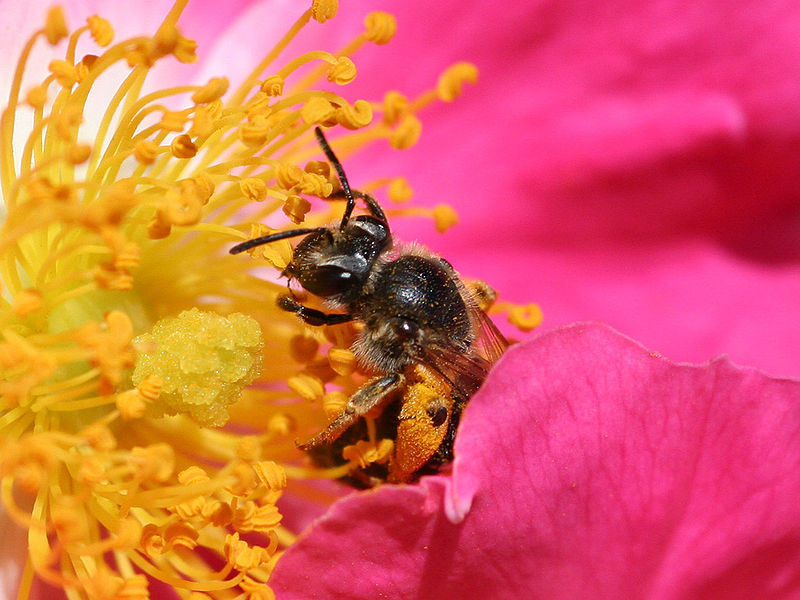
It is the first time after years of alarming signals of bees and other pollinators disappearing in high numbers (winter mortalities in European honeybee colonies around or in of 30-40%) that European Institutions are conducting two comprehensive studies.
The first is a pan-European epidemiological surveillance programme on honeybee colony mortality (EPILOBEE) with the participation of 17 member states. Their first year conclusion is that bee mortality exists but varies significantly among north and south Europe.
Winter mortality is more severe in the northern countries (Belgium, Denmark, Estonia, Finland, Sweden and UK) with a more than 20% up to 33.6% rate of mortality. While the countries that are below the average acceptable rate of mortality of 10% are Greece, Hungary, Italy, Lithuania, Slovakia and Spain. While in summer the mortality is only exceeding the 10% level in France (13.6%). The programme is running between 2012 and 2014 and European Commission just released the first year data from the study of 32.000 colonies across the 17 member states.
Here’s what’s missing: EPILOBEE does not assess the impact of bee-harming pesticides on bee´s health. Although the EU Commission had requested the EU Reference Laboratory to include pesticides in the study, member states experts thought that it was not feasible to carry out such a surveillance programme on pesticides together with the one carried out. The EU has implemented a two year ban on four bee-harming pesticides – three neonicotinoids (Imidacloprid, Clothianidin and Thiametoxam) and Fipronil- EPILOBEE study did not include pesticides monitoring.
You may wonder how or why they could in fact include pesticides, considering this partial ban.
Another omission of the study is that did not look at all the wild pollinators. This gap comes to fill the second pan-European study conducted by the Status and Trends of European Pollinators (STEP) project and the European Red List of pollinators, funded as well by the European Commission. The results feed into The IUCN Red List of Threatened Species™.
Contrary to the Colony Collapse Disorder of bees, there is little scientific literature on the loss of wild pollinators. The EU study reveals what we all have been afraid of, that twenty four percent of European bumblebee species are threatened with extinction. The study examines all of the 68 bumblebee species that occur in Europe and found that 46% of bumblebee species in Europe have a declining population, 29% are stable and 13% are increasing.
According to the study, climate change, the intensification of agriculture and changes in agricultural land are the main threats to the species. Other reasons for their decline include pollution from agricultural waste and loss of habitat due to urban development.
Wild pollinators, and especially bumblebees, are very important for food production. They allow plants to reproduce and improve the production of crops, such as tomatoes, peppers and many other types of fruit, vegetables and seeds that make up our diet. Of the five most important pollinators of European crops, three are bumblebee species. Together with other pollinators, bumblebees contribute more than 22 billion Euros to European agriculture per year.
“We are very concerned with these findings. Such a high proportion of threatened bumblebees can have serious implications for our food production,” says Ana Nieto, European Biodiversity Officer of IUCN and coordinator of the study. “Protecting bumblebee species and habitats, restoring degraded ecosystems and promoting biodiversity-friendly agricultural practices will be essential to reverse the negative trends in European bumblebee populations.”
“The plight of Europe’s bumblebees is a problem that needs to be tackled on all fronts. The European Union recently banned or restricted the use of certain pesticides that are dangerous to bees, and is funding research into status of pollinators,” says Janez Potoċnik, EU Environment Commissioner. “However, efforts clearly need to be scaled up, not least through better mainstreaming of biodiversity into other policies, but also to raise awareness about the benefits that pollinators bring.”
While more and more voices are calling for saving the bees and the wild pollinators, several environmental NGOs in Brussels are condemning the fact that in Brussels several recent debates on bees are highly influenced by the agro-chemical industry and other organizations with an interest in down-playing the impact of current agricultural practices on bees.
If you want to call your government to save the bees sign the petition from Greenpeace
There is also a UK #bee consultation running until May 2nd, as ARC2020.EU reported yesterday. (You can sign the Soil Association’s #keepbritainbuzzing letter here)
Recent Posts by Myro Pispini
- Will the Commission authorise controversial GM Maize 1507?
- Mum, I want to be a farmer but they won’t let me!
- CAP Monologues in Greece
- CAP in Spain: Deciding for the Farmers Without the Farmers
- Concern over pesticides in fruit & veg in Greece
- Greenpeace urges further action on bees
- The urban garden: a territory free from the crisis
- “Uniformity is not an option – Viva Biodiversity!”
- Greece: Beekeepers and Greenpeace pressure Minister


